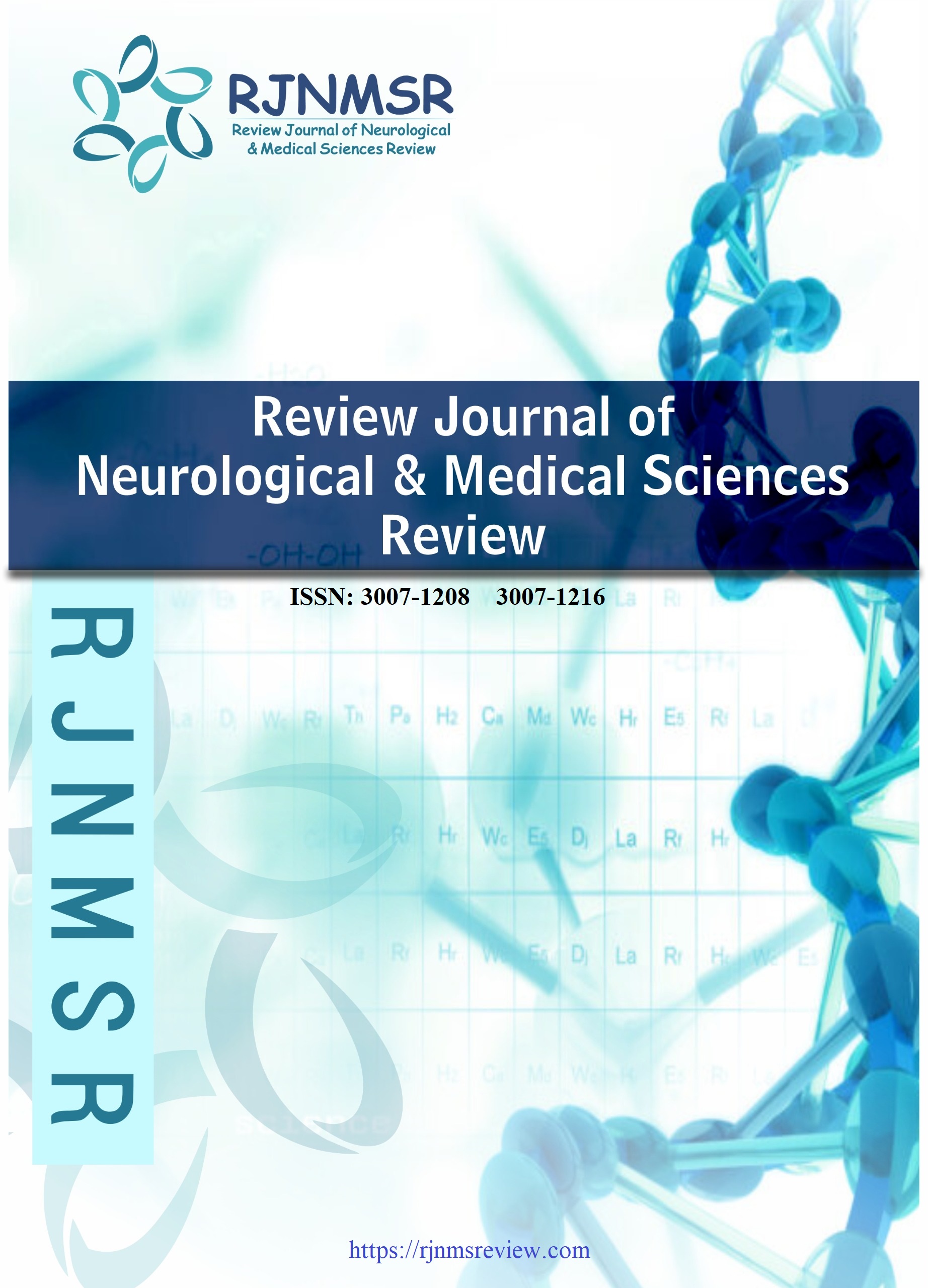Vitamin D Deficiency: A Cross-Sectional Study in the Population of Kohat, Khyber Pakhtunkhwa
DOI:
https://doi.org/10.63075/zg7r0a45Abstract
Vitamin D, a fat-soluble secosteroid, is essential for optimal bone mineralization, immune modulation, and overall physiological homeostasis. Deficiency of this micronutrient has been implicated in a range of chronic conditions, including osteoporosis, metabolic disorders such as type 2 diabetes, and certain malignancies. In the present cross-sectional study, a total of 200 blood samples were collected from multiple hospitals across the Kohat district, Khyber Pakhtunkhwa. Serum 25-hydroxyvitamin D [25(OH)D] levels were measured to determine vitamin D status. Of the total cohort, 50% were classified as vitamin D deficient, 27% as insufficient, and only 23% as sufficient. Urban residents exhibited a markedly higher deficiency rate (60%) compared to rural participants (40%). The highest prevalence of deficiency was observed in the 21–30-year age group, with females comprising 79% of deficient cases. Individuals with lower educational attainment, reduced socioeconomic status, and sedentary lifestyles demonstrated significantly greater deficiency rates (p < 0.05). Notably, 80% of individuals who reported regular vitamin D supplementation remained deficient, suggesting possible issues of dosage, compliance, or absorption. Lifestyle and dietary assessments revealed limited sun exposure, minimal fish consumption, and concurrent medication use as significant contributors to low serum vitamin D concentrations. Commonly reported symptoms among deficient individuals included fatigue, myalgia, and arthralgia. A positive family history of vitamin D deficiency was also associated with increased risk. These findings highlight a substantial burden of vitamin D deficiency within the Kohat population, disproportionately affecting urban residents, women, and socioeconomically disadvantaged groups. Public health measures should prioritize targeted nutritional education, promotion of safe sunlight exposure, and fortified food programs to mitigate this pervasive micronutrient deficiency.
Key Words: Vitamin D deficiency, Prevalence, Kohat, Khyber Pakhtunkhwa, Risk factors

